Pruning grapes in autumn: step-by-step guide with pictures, timing, and care recommendations
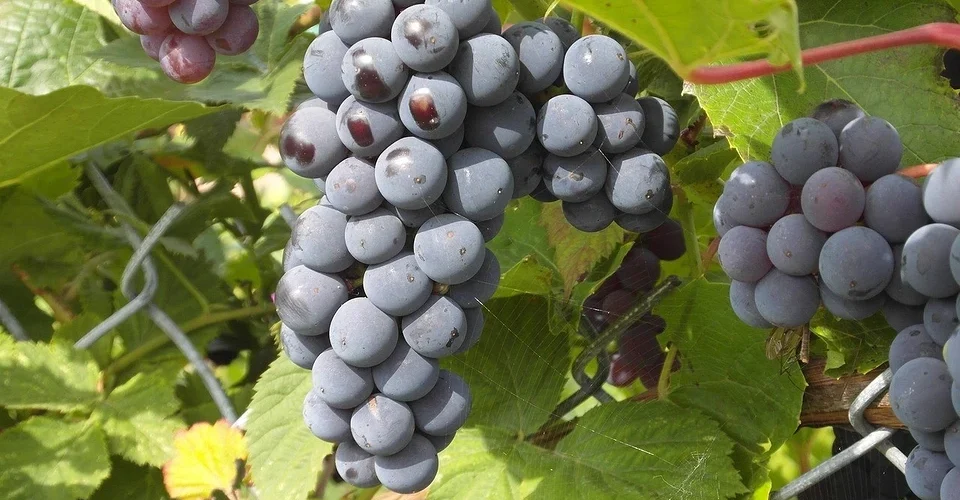
We explain why autumn pruning of grapevines is necessary and guide you on how to do it correctly. We provide step-by-step, detailed instructions for pruning, accompanied by clear, visual illustrations.
It is not easy to prune plants in the garden correctly. But while it is relatively simple to understand pruning patterns for shrubs or trees, pruning grapevines is more difficult. Not all gardeners know why pruning grapes in the fall is necessary and how to do it correctly. We will examine all the details of this procedure in detail, along with pictures, so that even novice winegrowers can understand everything.
All about pruning grapes in the fall
Why grapes need autumn pruning
Cultivated grapevines are very different from their “wild” ancestors, which could grow for many years without any care. Modern varieties and hybrids, especially those grown in cold regions, require timely pruning. Additionally, without proper care, the vine degenerates and becomes wild. Let’s summarize why it is necessary to prune the vine.
- Frost resistance increases, which is especially important for cold regions.
- A balance is created between the above-ground and underground parts, as well as between fruit and growth stems.
- Neglected vines stretch out, and the berries become smaller. They need to be thinned out.
- Reducing the number of shoots helps increase yield. It is essential to recognize that grapes produce more shoots than they can support with nutrients.
- In addition, pruned stems are easier to cover before winter.
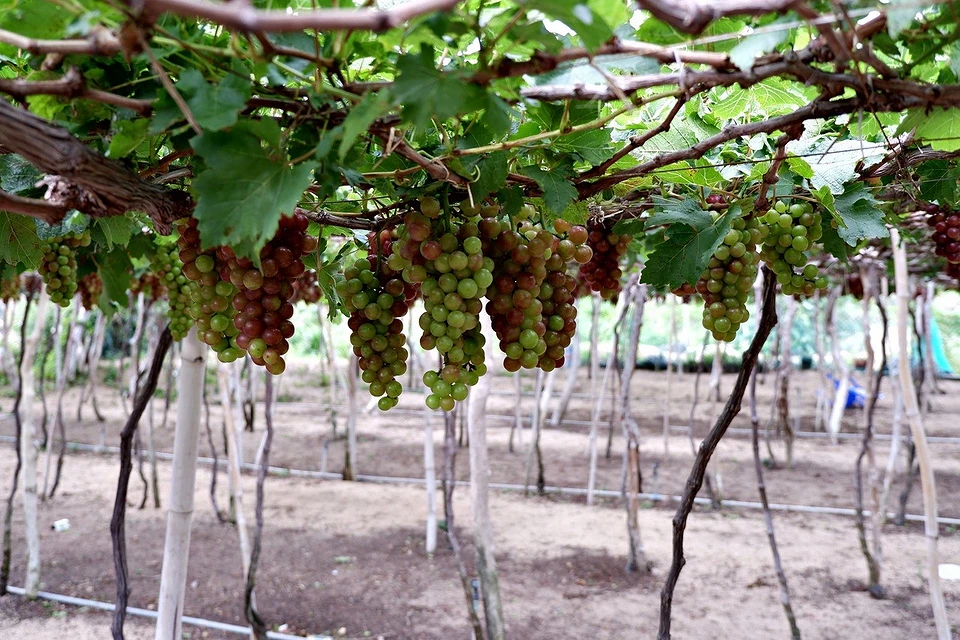
Why grapes need autumn pruning. Pixabay
When to prune
The timing of the procedure depends on the climatic conditions of the growing region and the weather. It is essential to know that pruning too late can cause the stems to break, while pruning too early will not allow the plant to prepare for winter fully. In addition, the vines must have time to harden, that is, to spend some time at a temperature slightly below zero. However, pruning can only be done at temperatures above zero—frozen shoots become brittle and break off. Such damage is difficult and time-consuming to heal, which has a profoundly negative effect on the plant. Therefore, pruning is usually done after the first frost.
Another critical factor is that the bush must enter a dormant phase. Photosynthesis continues in the foliage until it falls off. Throughout this period, the root system accumulates the nutrients needed for regular wintering. It is believed that after the leaves fall, the plant is entirely ready for winter. Agronomists advise focusing on leaf fall and starting processing two weeks after it occurs.
The optimal average daily temperature for performing the procedure is 41 °F. Once it has settled and stabilized for a while, you can begin treating the plantings.
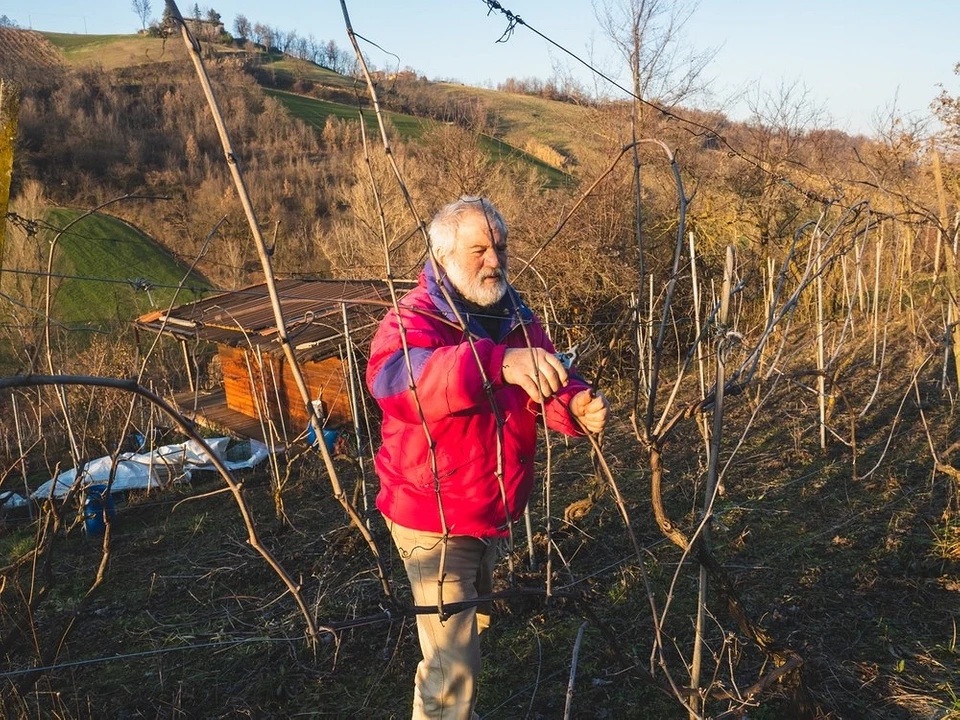
When to prune. ShutterStock
Basic pruning rules
To minimize stress on the plant during pruning, experienced winegrowers have developed several important rules. It is essential not to ignore them.
- The cut should be clean, even, and smooth. Therefore, only a sharp blade should be used for cutting.
- Vines with a diameter of up to 0.6 inches are cut with pruning shears, thicker ones with a hacksaw. It is better to use a metal tool, as it makes the cleanest cut.
- Before cutting, the tool is placed perpendicular to the trunk, so that the wound area is minimal.
- Cut with a precise movement in one go.
- Disinfect the tools before starting work. Do the same after finishing one bush before beginning to work on the next one.
- All cuts should be made in the same direction, preferably towards the outside of the bush. This will prevent the sap flow from being disrupted.
The photo shows grape pruning in autumn for beginners. You’ll be able to see how to guide the tool to get a smooth cut.
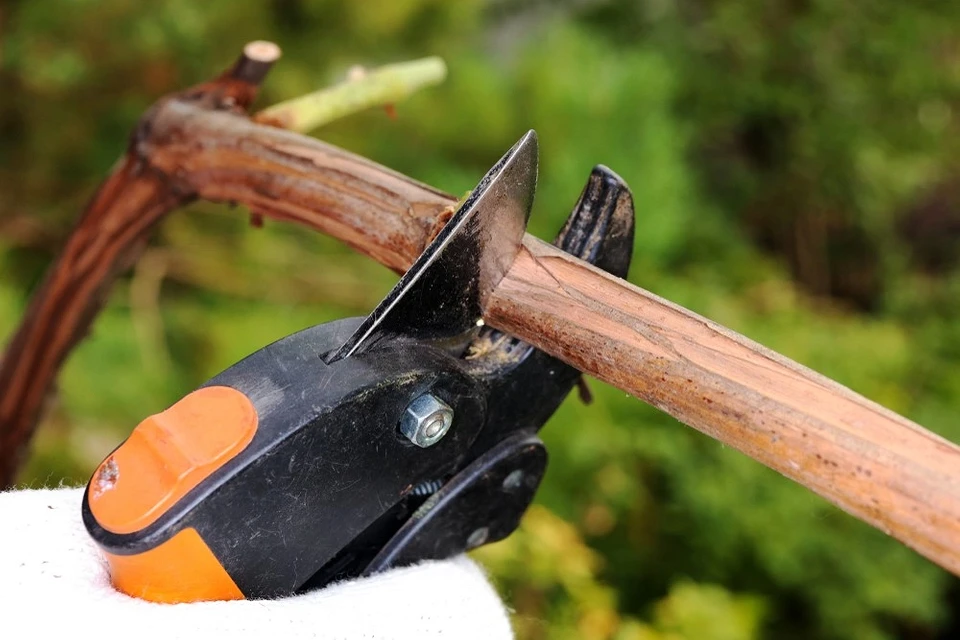
Basic pruning rules. ShutterStock
Diagram of the structure of a grapevine
It won’t be easy to understand the step-by-step process of pruning grapes in autumn without knowing the structure of the plant. Gardeners have come up with names for the different parts of the vine, which you’ll need to be able to take a look at.
- Stem. The section of the stem that begins at the first lateral branch and continues to the beginning of the root system.
- Head. A slight thickening on the main stem. Lateral branches diverge from it.
- Arms or shoulders. This is the name given to the lateral shoots.
- Replacement knot. A shortened shoot arm, after pruning, leaves two to four buds here.
- Fruit arrow. A long shoot-arm. Here, 8 to 14 buds remain.
- Eye. This is the name given to a bud.
Step-by-step guide to pruning grapes in autumn for beginners
We have prepared a step-by-step guide to pruning grapes in autumn. It will help novice winegrowers understand all the intricacies of the procedure.
First year
Young seedlings begin to be formed in the spring. To do this, the two lowest buds on the main stem are selected, and over the summer, vines are grown from them. These vines are then spread out to the sides and tied at an angle to the trellis. During the first pruning of the grapes in autumn, the grown branches are shortened, but two buds are left on one and four on the other. If the climate is harsh and there is a threat of the bush freezing, a different approach is taken. In spring, all buds are left. In autumn, the grown shoots are examined and the weakest ones are cut out. The rest are shortened to the mature vine. It is not difficult to determine this: unripe areas are greenish in color, while ripe ones have lignified and turned brownish. After wintering, formative pruning is carried out, leaving the required number of buds. The photo shows grape pruning in the fall.
Second year
Over the next year, the vines are expected to grow well. They need to be protected throughout the summer. To make this easier, the stems are spread out in different directions and tied to a trellis. In the fall, fruit links are formed from these shoots. This is done as follows.
The long shoots are shortened so that both stems are the same length. After that, the vertical stems closest to the center of the plant are pruned to two buds as replacement shoots. Fruit shoots are formed from the stems located further from the center. They are cut at the level of four buds.
Third year
After removing the cover in the spring, the vines must be properly tied up. Fruit-bearing shoots, which are longer than the others, are tied horizontally. Shorter replacement shoots are tied vertically. This tying increases yield and slightly reduces bush growth. Over the entire summer season, about 12 annual stems will grow on the vine. In August, each of them is cut by 4-8 inches. This treatment is called pruning. It increases the number of bunches in the future harvest and improves the taste of the berries. Important: Pruning is carried out in August. If you do it earlier, the branches will produce many suckers, which will need to be removed later. After leaf fall, pruning begins. First, four shoots growing vertically are cut off from the edge of each shoulder. With them, a fragment of the sleeve on which they grew is removed. One fruit link remains on each shoulder. They are pruned in the same way as last year’s pruning. Shoots located further from the center are cut off at the fourth bud, and those growing closer to the middle of the bush are cut off at the second bud.
Subsequent years
Now the vine is considered to be fully formed, and subsequent pruning is carried out in the same way as in the third year. Important point: if there is a risk of frost damage in winter, it is best to leave a few more buds on the canes. Leave five to six buds on the fruit-bearing shoots and three to four on the replacement shoots. In the spring, cut off the extra buds. On mature vines, leave two to six old shoots. This depends on the growing location and variety. Fruit-bearing links are formed annually at the ends of these canes. Important: Unlike fruit and berry bushes, grapes bear fruit on old branches, so there is no need to rush to get rid of them.
Important point. All pruned material must be collected and removed from the site. If left behind, it will become a home for wintering pests and pathogens. Therefore, it is best to burn all prunings and fallen leaves outside the site.
Grape training schemes after autumn pruning for beginners
There are two ways to train a grapevine. The method described above is a two-sided training approach, where the skeletal branches are spread out in different directions and branches grow on each of them. This type of training is suitable for plants that are spaced far enough apart. If the interval between the bushes is minor, one-sided shaping is used. In this case, the branches are not spread apart but directed in one direction. The diagram below shows this shaping method.
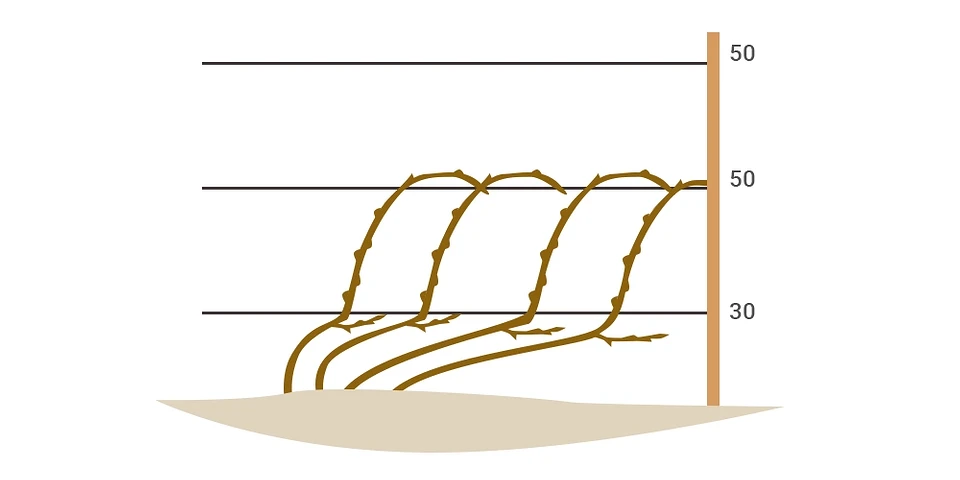
Grape training schemes after autumn pruning for beginners
Post-procedure care and preparation for winter
After pruning, the soil mixture around the trunk is mulched with humus, peat, and other organic materials. The mulch layer should be 4 to 6 inches thick. Could you place bedding on top? This can be foam, roofing felt, or boards. In the latter case, it is best to make the bedding 1.6-2 inches high. Carefully roll up the branches and vines and tie them into a bundle. Place it on the bedding. Cover with dry leaves. It is best to use rowan, birch, or oak leaves. Cover everything with a thick covering material. A non-woven fabric, such as spunbond, with a density of at least 0.1 lb/sq ft, is suitable.
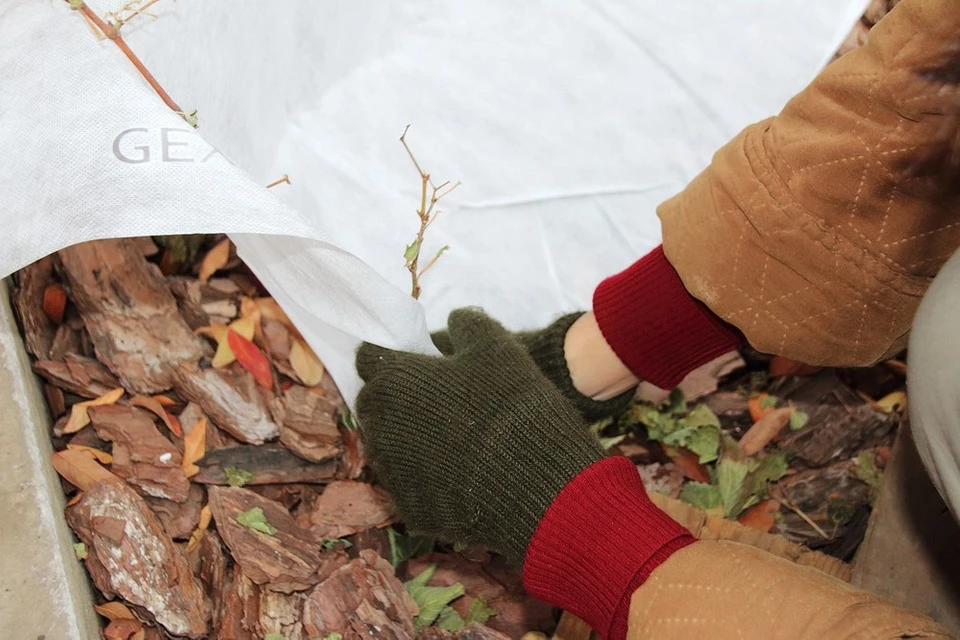
Post-procedure care and preparation for winter. ShutterStock
Arches are placed over the shelter, on which the film is laid. Important: There should be an air gap of 8-10 inches between the non-woven fabric and the film. To prevent the plant from suffering from excess moisture, ventilation holes are made on both sides at the ends of the shelter. The best way to do this is to cut off the bottoms of plastic bottles. Could you place the resulting blanks inside the refuge under the film so that the open necks are facing outward? With the onset of winter, snow is thrown on top of the structure.
❓ Questions and answers
Can pruning too late in the fall harm grapevines?
Yes — if pruning is done too late, cuts may not heal properly before freeze-thaw cycles begin, increasing the risk of cane breakage or disease entry. Always aim to finish pruning while conditions are still stable (ground unfrozen and air temperatures above freezing during the day).
How many buds should I leave when pruning mature grapevines?
For mature vines, a standard guideline is to leave 2–6 buds on fruiting canes (depending on variety and vigor) and 3–4 buds on replacement (renewal) canes. In colder climates, you might leave an extra bud or two as insurance against winter damage.
What is the proper way to dispose of pruned material?
Collect and remove all pruned branches and debris from the vineyard area. Leaving them in place can harbor pests, fungal spores, or disease. Many growers burn or compost the material well away from the vines.
Should I apply any treatment after pruning to prevent disease or pests?
It’s a good practice to disinfect your pruning tools (e.g., with diluted bleach or alcohol) between vines to reduce cross-contamination. In some regions, growers also use fungicidal sprays or dormant oils shortly after pruning to protect fresh cuts from fungal spores or insects — check local extension recommendations for timing and product suggestions.
Antoine Duval: A winegrower and oenologist with 20 years of experience. An expert in growing grapes for wine and table varieties in any climate.
See also
How to store apples at home in winter: methods and tips for storage
How to plant grapes in autumn: planting instructions and care tips
A place to relax: how to organize a rest area
A tall hedge instead of a fence. How to create and maintain it
Bright hedges: how to combine shrubs with their surroundings
How to propagate grapes at home: 4 methods for every gardener

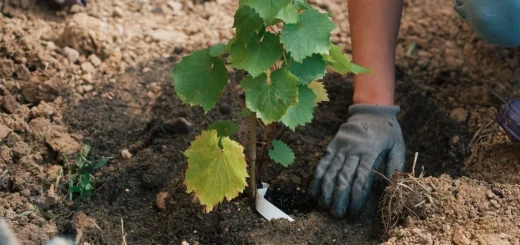
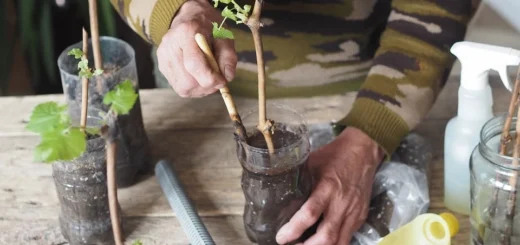
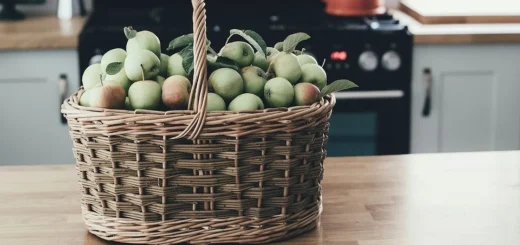










1 Response
[…] Pruning grapes in autumn: step-by-step guide with pictures, timing, and care recommendations […]